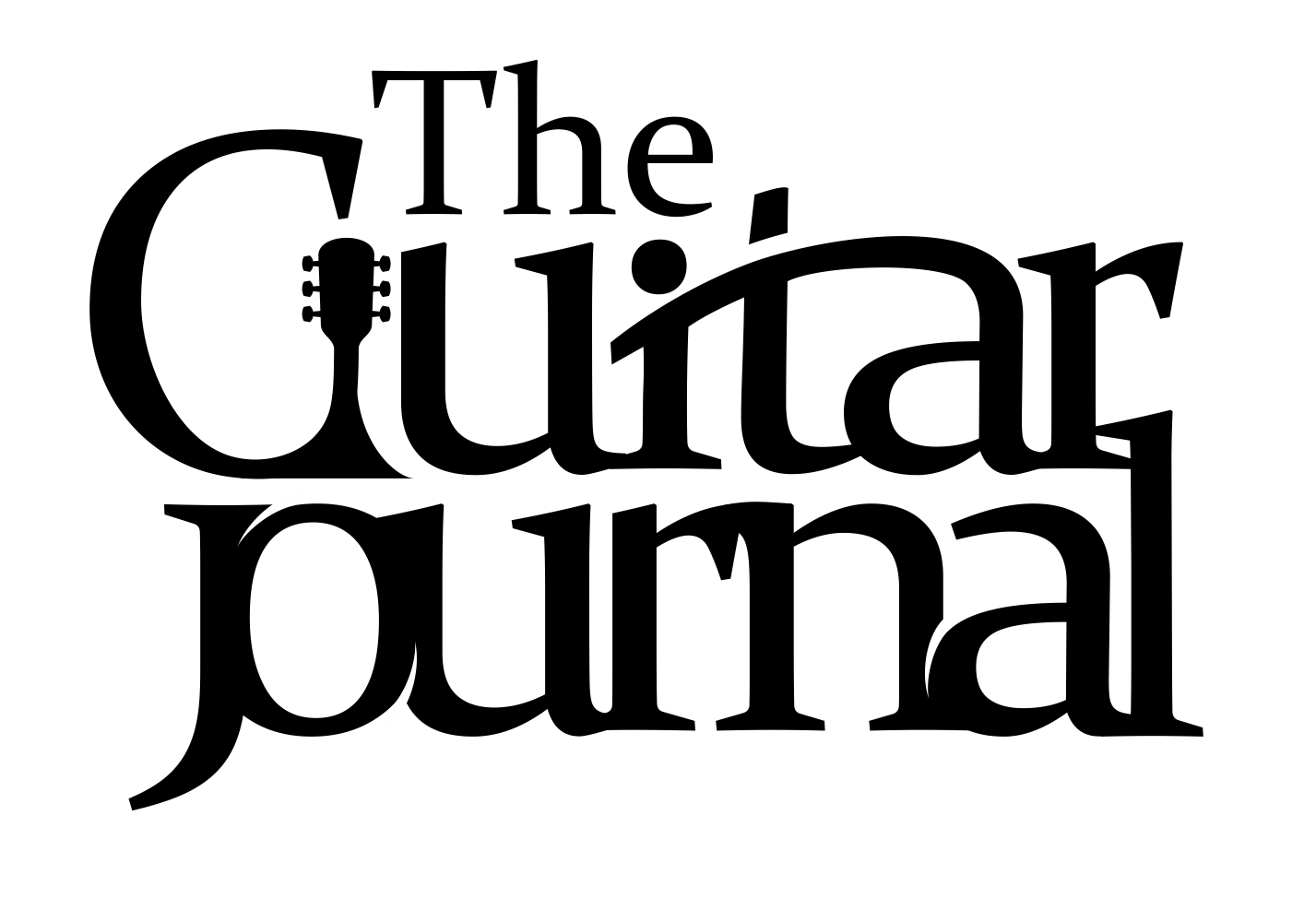Making Guitar Lessons Accessible: Tools for Visually Impaired Learners
Discover how visually impaired students are learning guitar through audio-based tools, tactile techniques, and inclusive technology that breaks down visual barriers in music education.

Learning to play the guitar has long been a path of passion and discipline. However, for visually impaired students, that path involves a special set of obstacles. Conventional approaches — sheet music, chord charts, and visual demonstrations — tend to put those students at a disadvantage. Luckily, with an increasing focus on accessibility and inclusive technology, that's no longer the case. A variety of tools and approaches are now assisting visually impaired learners in engaging with music in deep, meaningful ways.
The Visual Barrier of Conventional Guitar Teaching
Traditional guitar lessons are very much dependent on visual media. Chord form, tablature, instructional videos — all these media require the student to be able to see. Some teachers have improvised with audio cues and kinesthetic learning techniques, but the online community has been slow to implement accessible learning practices.
That is where assistive technologies are starting to make a difference. By moving the focus away from visual material and towards auditory and touch inputs, educators and developers are creating spaces where visually impaired students can succeed.
How Audio-Based Tools Are Changing Guitar Instruction
One of the biggest game-changers in terms of accessibility has been the inclusion of audio-first interfaces. Rather than reading music off of a sheet, the student can now listen to what a chord sounds like or receive verbal instructions on where to put their fingers. This makes the guitar an intuitive instrument once more based on feel and sound instead of sight.
Among the most useful aids to this are screen readers and voice-guided applications. These will read written text aloud, render chord diagrams in real-time, and deliver feedback using sound during practice. More sophisticated options include using a text to speech API to dynamically translate written lessons into speech-like sound and opening up web-based material for visually impaired learners. When integrated into music learning websites, APIs such as Murf’s text to speech API assist guitar lessons in directly communicating with the learner, eliminating visual interpretation altogether.
Tactile Learning: Touching the Music
Along with sound aids, tactile learning has been instrumental in accessible guitar lessons. Braille fretboards and touch-stick chord charts allow students to feel where their fingers go. Adaptive techniques also include applying textured stickers or bump dots to frets as markers.
These kinesthetic cues function particularly well in initial-stage lessons. After the student becomes comfortable with finger placement and fundamental scales, learners start to build muscle memory. Once this is established, students can continue with less required instruction, much like blind students.
Braille Music Notation and Its Limitations
Another device available to visually impaired students is the braille music notation, but it's not problem-free. Braille music notation, unlike regular Braille, has intricate rules of its own. Students not only have to learn to read Braille but also decipher the special syntax of Braille music notation. Also, translating sheet music into Braille can be labor-intensive.
While Braille is a valuable assistive technique, it is not always the best method for a contemporary learner. Most students today — regardless of their abilities — need access to high-speed, flexible content. That is why real-time audio and tactual instruction is becoming the learning path of choice for many.
Inclusive Guitar Apps and Audio Platforms
More and more guitar learning apps are starting to incorporate accessibility into their design. These apps include screen reader functionality, voice control navigation, and audio tutorials that can be customized. For instance, rather than showing a chord chart, the app would describe in a step-by-step way how to put fingers on frets and strings.
While some apps still have a way to go towards fully embracing accessibility, developers are increasingly making inclusive UX a priority. An easy adjustment — like adding a label to each button for screen readers or providing an audio-only option — can provide entry for thousands of students who've been denied access to digital learning in the past.
Community Support and Online Learning Groups
That feeling of isolation is a challenge for visually impaired students, particularly since so much of the guitar-learning community remains visual-centric. Online communities specifically designed for blind musicians provide a sense of membership and support. Many of these forums share audio material, adapted lessons, and individual tips for coping with frustrations.
A few communities have available jam sessions or live audio courses where students can play and get immediate feedback. As these groups become large, they not only fund the student's technical progress but also foster his/her musical identity.
Conclusion: Accessibility Is Not a Bonus — It's a Necessity!
Accessible guitar education isn't a nice notion; it's imperative. Every student deserves the chance to experience music, regardless of whether they can see it or not. By continuing to make inclusive technology, tactile instruments, and adaptable teaching approaches the heart of our music education efforts, we can build a landscape that's open to everyone.
The journey toward accessible guitar learning is far from over. But with the right tools — audio-based platforms, text to speech APIs, tactile aids, and human-centered teaching — we’re already breaking down the barriers that once held back talented musicians.
And that’s music to everyone’s ears.

